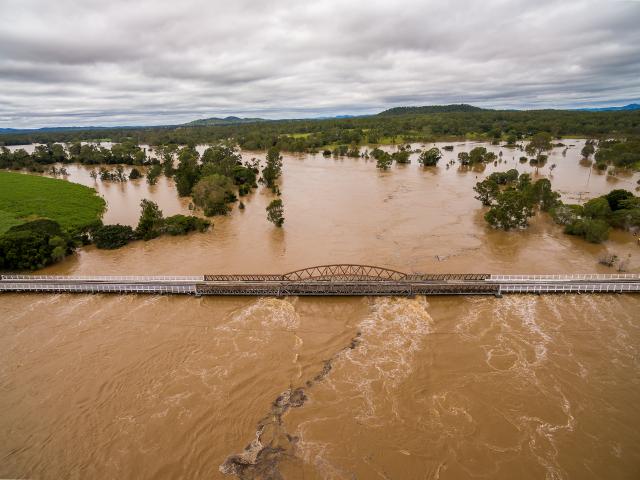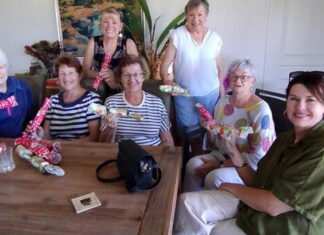A 10-day, 150km scientific and cultural expedition along the Mary River has documented flood impacts and endangered species, and uncovered ancient Aboriginal artefacts.
Conducted in canoes, the expedition was a collaboration between Burnett Mary Regional Group (BMRG), Kabi Kabi Peoples Aboriginal Corporation, Jinibara People Aboriginal Corporation, Butchulla Aboriginal Corporation, Butchulla Native Title Aboriginal Corporation, Griffith University, and Mary River Catchment Coordinating Committee, marking the first time these groups have come together.
Scientists and Traditional Owners used modern technology and Indigenous knowledge to map threatened species, cultural heritage, vegetation, and flood impacts along the river from Kenilworth to Tiaro.
The expedition discovered evidence of occupation along the entire river, including ancient Aboriginal artefacts and scar trees whose bark and wood was often used for shelter or toolmaking; the leftover scars serving as landmarks or territorial boundaries.
Baseline habitat records were created for the threatened Mary River turtle, white throated snapping turtle, Mary River cod, and the Australian lungfish – species unique to the Mary River.
BMRG’s Director of Research, Tom Espinoza, highlighted the significance of the discoveries.
“This expedition immersed itself to map the landscape, not only scientifically but culturally, providing valuable data to manage this precious region into the future,” he said.
Data was also collected for key cultural species including platypus, freshwater mussels, rakali, large birds of prey and elder trees.
As intellectual property, this information will undergo considerations and approvals to determine dissemination of results prior to release.
“If there’s a project to restore habitat in the river, managers will know where the good habitat is and where more work needs to be done.
“The same goes for targeting flood mitigation, conserving threatened species and cultural heritage,” Mr Espinoza said.
Conway Burns, a Butchulla Traditional Owner, says the trip reconnected three tribes to their ancestral river and allowed for sharing of knowledge with the scientific community.
“Our people have lived alongside the Mary River for thousands of years, and the information gathered during this trip will help ensure the river and its cultural heritage are protected for generations to come, and it will also help our mobs strengthen connections,” said Mr Burns.
The collected data will be fed into the Mary River Regional Environmental Account, the first step towards unlocking conservation investment, according to BMRG CEO, Sheila Charlesworth.
“As climate change forces the world economy to decarbonise, investors are looking to direct billions into protecting the ecosystems that sustain us,” Ms Charlesworth said.
“To facilitate investment in natural assets, we must first value them, but we can’t value assets until we know what they are, where they are, and how much
there is. That is what this expedition achieves.
“We now have a stocktake of the Mary River’s natural and cultural assets. This information will become priceless.”






